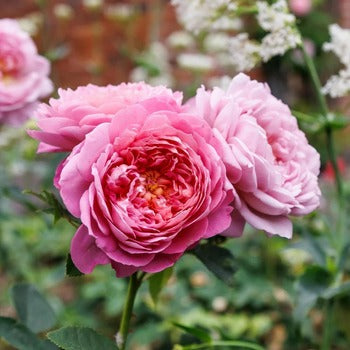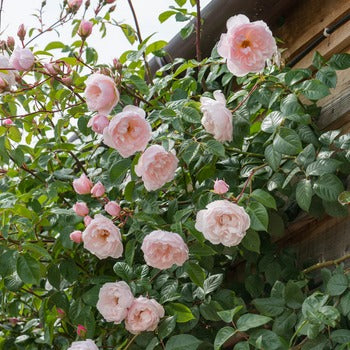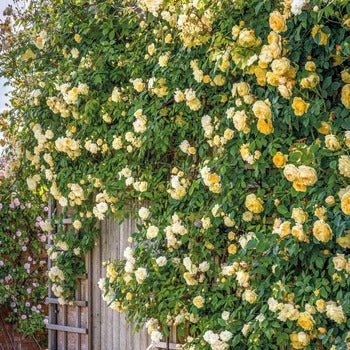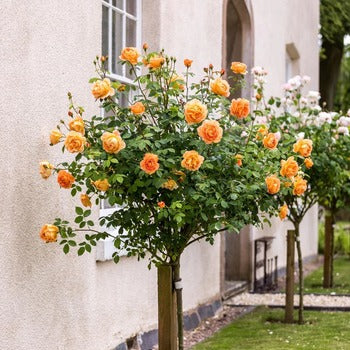Rose Care
-
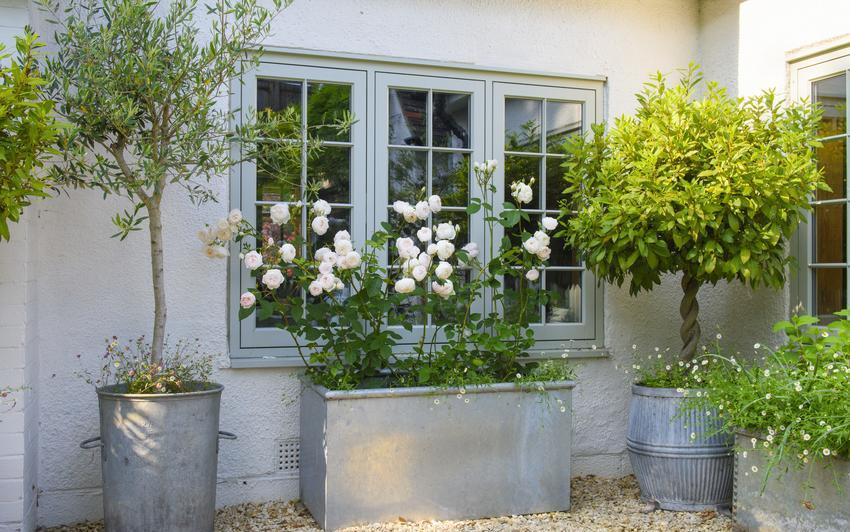 How to Care for Roses in Pots: Keep Them Happy, Healthy and FloweringGrowing a rose in a pot brings beauty right to the doorstep. Whether nestled against a garden bench, standing proudly on a sun-drenched terrace or softening the edge of a courtyard, container roses offer a graceful solution for smaller spaces. With the right care, they will flourish for many years to come.Read more
How to Care for Roses in Pots: Keep Them Happy, Healthy and FloweringGrowing a rose in a pot brings beauty right to the doorstep. Whether nestled against a garden bench, standing proudly on a sun-drenched terrace or softening the edge of a courtyard, container roses offer a graceful solution for smaller spaces. With the right care, they will flourish for many years to come.Read more -
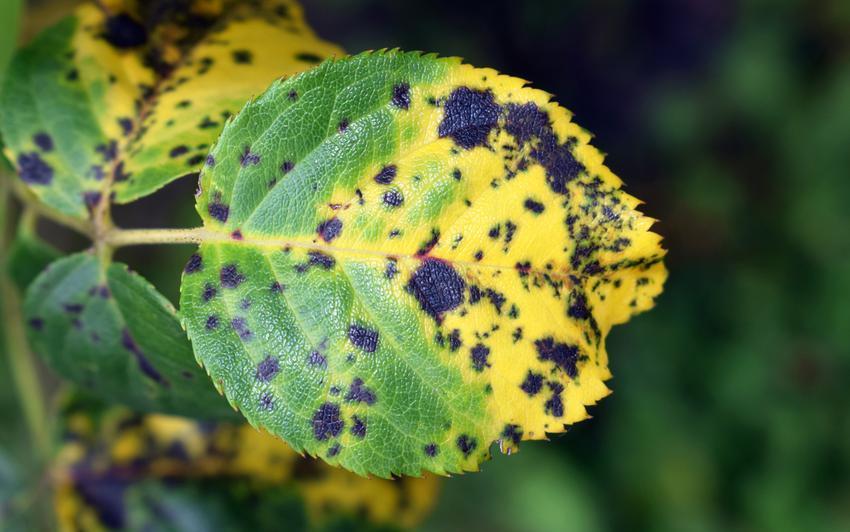 The Truth About Blackspot: A Guide to Keeping Your Roses HealthyIf you grow roses, you’ve likely heard about blackspot, that pesky fungal troublemaker that loves to spoil even the most beautiful bushes. It’s one of the most common problems gardeners face, and while it doesn’t kill your roses outright, it can really take the wind out of their sails if left unchecked.Read more
The Truth About Blackspot: A Guide to Keeping Your Roses HealthyIf you grow roses, you’ve likely heard about blackspot, that pesky fungal troublemaker that loves to spoil even the most beautiful bushes. It’s one of the most common problems gardeners face, and while it doesn’t kill your roses outright, it can really take the wind out of their sails if left unchecked.Read more -
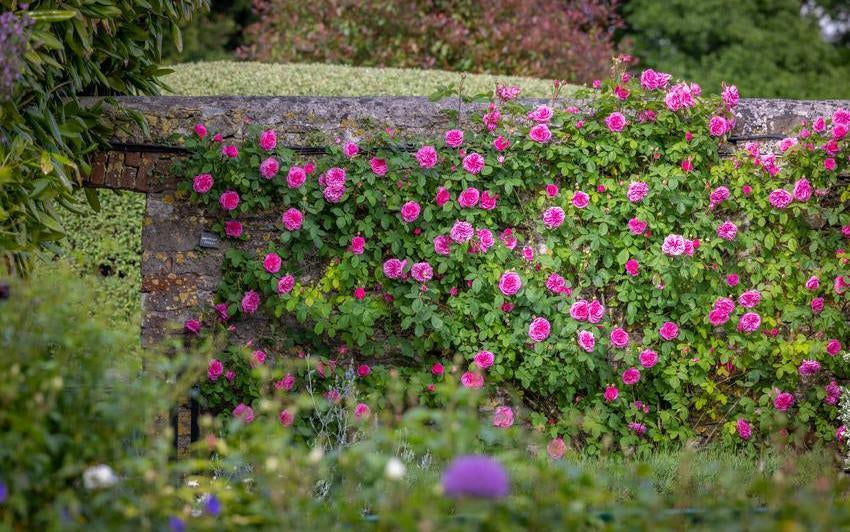 Gertrude Jekyll: Caring for the World’s Favourite RoseThis rose is not fussy. It grows well in many conditions but does best with at least four hours of sunlight a day. It tolerates some shade and suits almost any garden aspect, whether north, south, east or west, so long as the soil allows roots to breathe and does not stay soggy. To support healthy growth, mixing in some compost or well-rotted manure at planting helps enrich the soil and improve its texture.Read more
Gertrude Jekyll: Caring for the World’s Favourite RoseThis rose is not fussy. It grows well in many conditions but does best with at least four hours of sunlight a day. It tolerates some shade and suits almost any garden aspect, whether north, south, east or west, so long as the soil allows roots to breathe and does not stay soggy. To support healthy growth, mixing in some compost or well-rotted manure at planting helps enrich the soil and improve its texture.Read more -
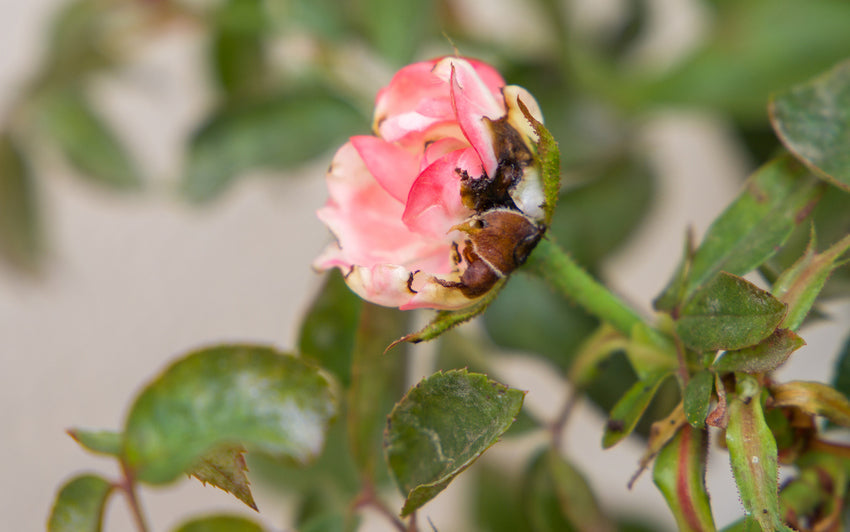 When Buds Refuse to Bloom: A Gardener's Encounter with ThripsIt begins quietly. You’re walking the garden in the early morning, coffee in hand, admiring the swell of buds after a warm spell. Everything looks as it should, until your eye catches one that seems reluctant to open. The petals are puckered, almost as if they’ve been pinched, and their edges are tinged with a strange brown. A day or two later, another bud does the same. Then a third.Read more
When Buds Refuse to Bloom: A Gardener's Encounter with ThripsIt begins quietly. You’re walking the garden in the early morning, coffee in hand, admiring the swell of buds after a warm spell. Everything looks as it should, until your eye catches one that seems reluctant to open. The petals are puckered, almost as if they’ve been pinched, and their edges are tinged with a strange brown. A day or two later, another bud does the same. Then a third.Read more -
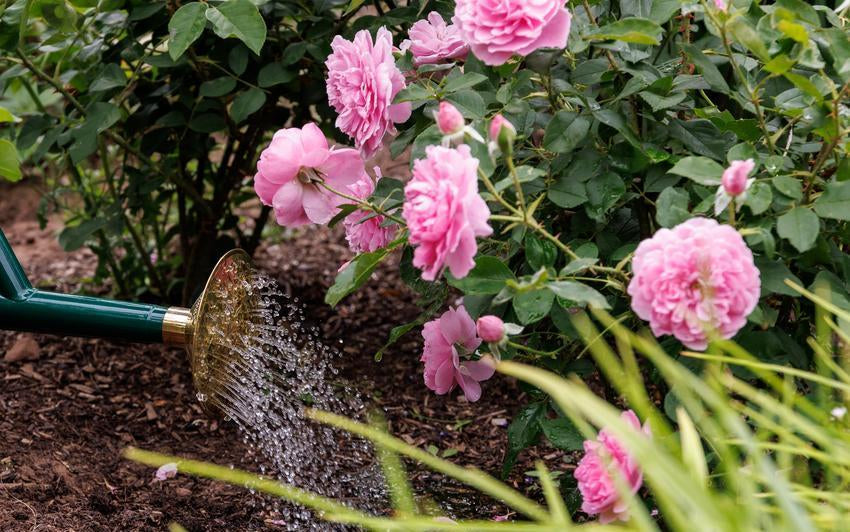 How to Water Well: Roses in a Thirstier WorldSummers no longer behave as they once did. The balance of sun and rain that shaped our gardens for generations is slipping, replaced by longer dry spells and more intense heat. The soil hardens, moisture disappears quickly, and even the most established plants begin to show signs of stress. Roses, for all their grace and vigour, are no exception. But while the weather is changing, so too can we adapt our approach, caring for our plants with greater awareness and intention.Read more
How to Water Well: Roses in a Thirstier WorldSummers no longer behave as they once did. The balance of sun and rain that shaped our gardens for generations is slipping, replaced by longer dry spells and more intense heat. The soil hardens, moisture disappears quickly, and even the most established plants begin to show signs of stress. Roses, for all their grace and vigour, are no exception. But while the weather is changing, so too can we adapt our approach, caring for our plants with greater awareness and intention.Read more -
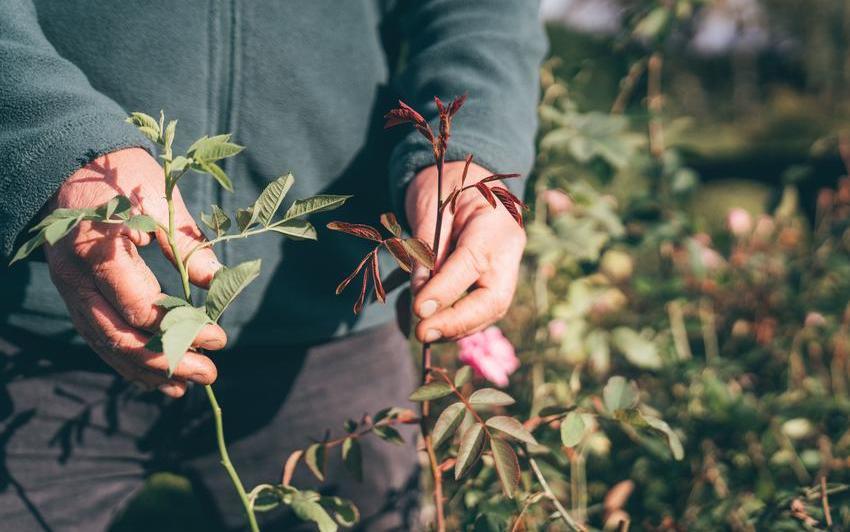 Understanding and Managing Rose SuckersSuckers are one of those quirks of rose growing that tend to invite a good deal of confusion. They appear out of nowhere, usually low down on the plant or even from the soil nearby, and it’s not always easy to know what to do about them. Are they a sign of strength or something to worry about?Read more
Understanding and Managing Rose SuckersSuckers are one of those quirks of rose growing that tend to invite a good deal of confusion. They appear out of nowhere, usually low down on the plant or even from the soil nearby, and it’s not always easy to know what to do about them. Are they a sign of strength or something to worry about?Read more -
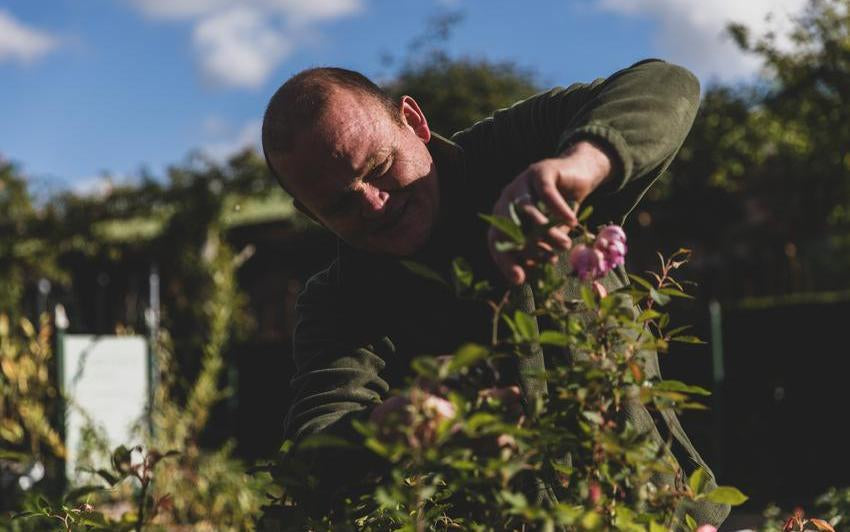 How To Deadhead Your RoseDeadheading is the removal of finished blooms to encourage further blooms and improve the appearance and shape of the rose. You should deadhead repeat-flowering shrub roses and once-flowering shrub roses that don’t produce hips.Read more
How To Deadhead Your RoseDeadheading is the removal of finished blooms to encourage further blooms and improve the appearance and shape of the rose. You should deadhead repeat-flowering shrub roses and once-flowering shrub roses that don’t produce hips.Read more -
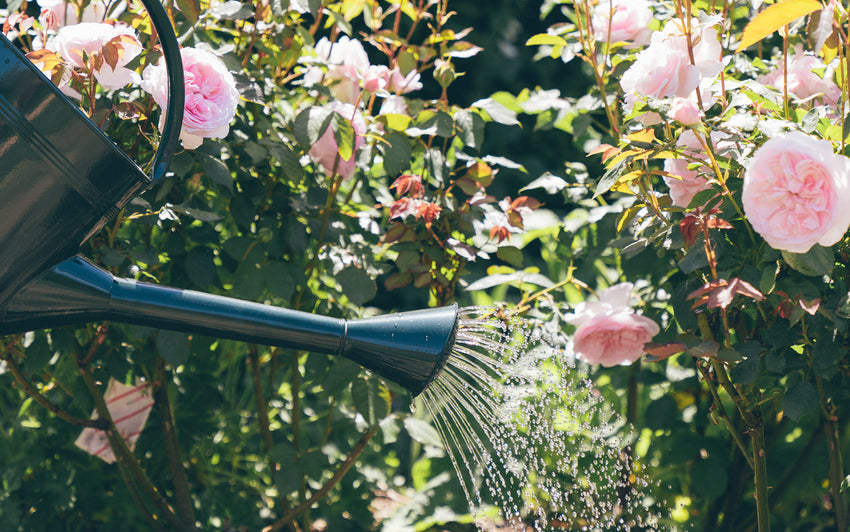 How To Water Your RoseWhen the warm weather arrives it is important to keep your roses well hydrated. Our article on watering roses is a guide to keeping your roses healthy and blooming over the summer months.Read more
How To Water Your RoseWhen the warm weather arrives it is important to keep your roses well hydrated. Our article on watering roses is a guide to keeping your roses healthy and blooming over the summer months.Read more -
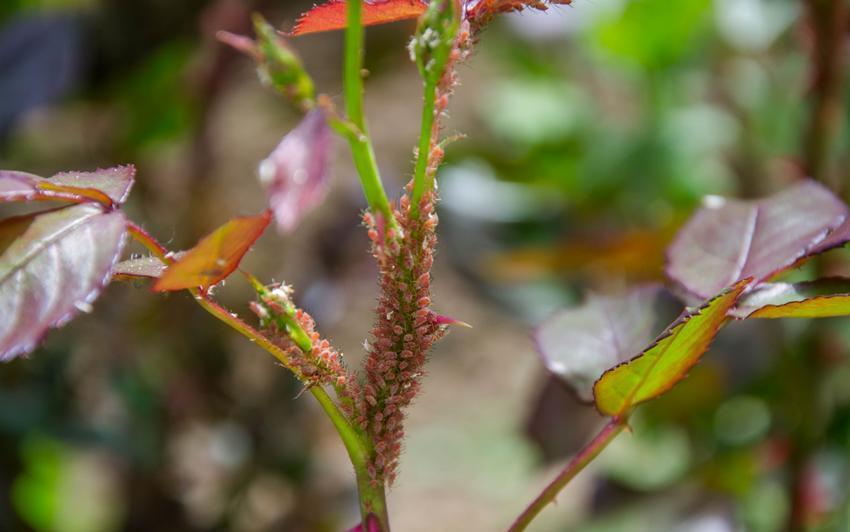 The Arrival of Aphids: Friends or Foes to Your English Roses?As the days grow longer and the warmth of spring fills the air, your roses begin to come back to life. But with the change in season, you might notice some tiny visitors on your plants – aphids.Read more
The Arrival of Aphids: Friends or Foes to Your English Roses?As the days grow longer and the warmth of spring fills the air, your roses begin to come back to life. But with the change in season, you might notice some tiny visitors on your plants – aphids.Read more -
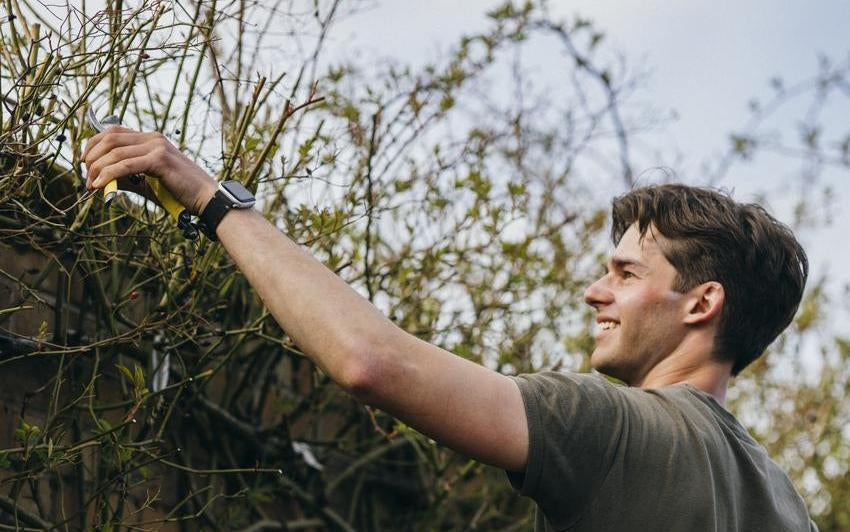 Pruning Roses In April? Here's What You Should Know FirstAs April arrives and your garden begins to stir, you might find yourself wondering, Is it too late to prune my roses? Maybe winter slipped by and you didn’t get to it, or perhaps you're simply not sure when the right time is. If you're looking for a bit of reassurance, you're not alone.Read more
Pruning Roses In April? Here's What You Should Know FirstAs April arrives and your garden begins to stir, you might find yourself wondering, Is it too late to prune my roses? Maybe winter slipped by and you didn’t get to it, or perhaps you're simply not sure when the right time is. If you're looking for a bit of reassurance, you're not alone.Read more -
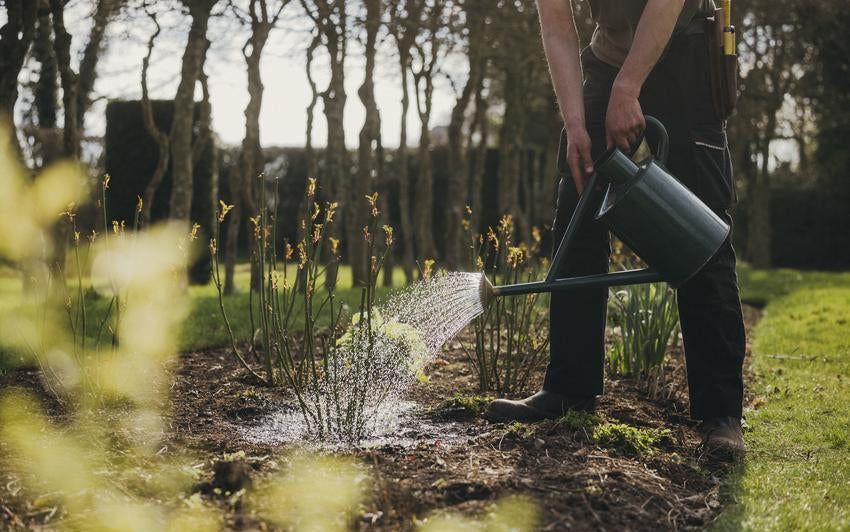 How To Water Bare Root Roses Planted Later In The SeasonWith the spring sunshine finally reaching the garden, now is the perfect time to check in on your newly planted bare root roses. They're just beginning to settle in, and the care you give them over the next few weeks will make all the difference to how well they grow and bloom this summer.Read more
How To Water Bare Root Roses Planted Later In The SeasonWith the spring sunshine finally reaching the garden, now is the perfect time to check in on your newly planted bare root roses. They're just beginning to settle in, and the care you give them over the next few weeks will make all the difference to how well they grow and bloom this summer.Read more -
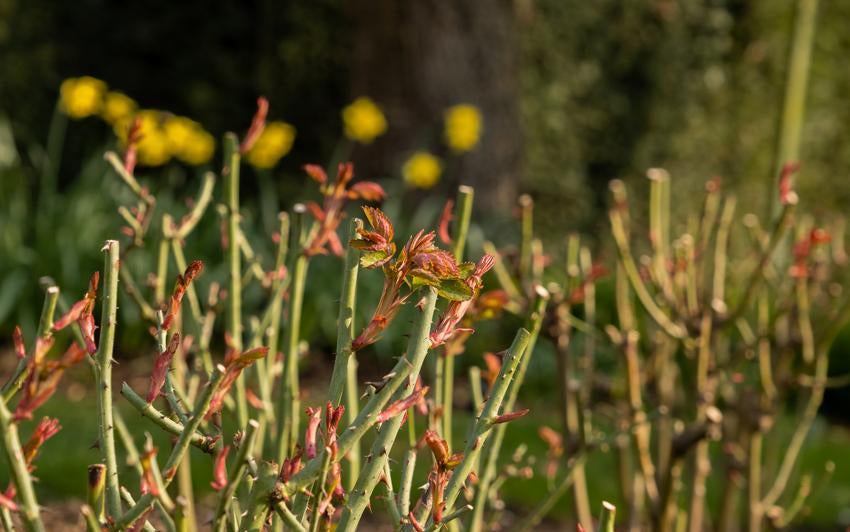 Caring For Your Garden From The Ground Up: The Lasting Benefits Of MulchingIn any well-loved garden, the thoughtful tasks often have the most impact. Among them, mulching stands out as a simple yet powerful way to care for both your plants and the soil beneath them. Beyond its practical benefits, mulching reflects the gardener’s instinct to nurture, protect, and encourage healthy growth with every passing season.Read more
Caring For Your Garden From The Ground Up: The Lasting Benefits Of MulchingIn any well-loved garden, the thoughtful tasks often have the most impact. Among them, mulching stands out as a simple yet powerful way to care for both your plants and the soil beneath them. Beyond its practical benefits, mulching reflects the gardener’s instinct to nurture, protect, and encourage healthy growth with every passing season.Read more -
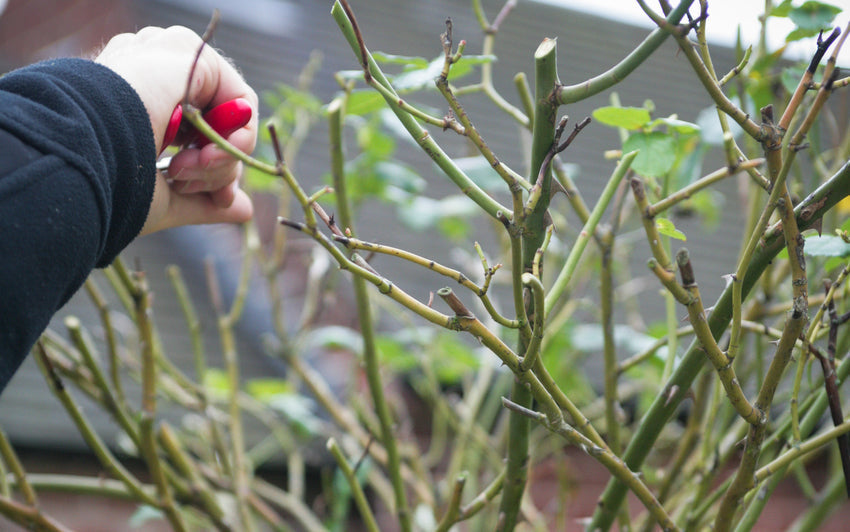 How to Prune Standard RosesStandard roses bring a touch of elegance to any garden, their blooms held aloft like a bouquet upon a slender stem. Pruning them correctly helps maintain this graceful shape, encourages healthy growth, and ensures an abundance of flowers year after year.Read more
How to Prune Standard RosesStandard roses bring a touch of elegance to any garden, their blooms held aloft like a bouquet upon a slender stem. Pruning them correctly helps maintain this graceful shape, encourages healthy growth, and ensures an abundance of flowers year after year.Read more

